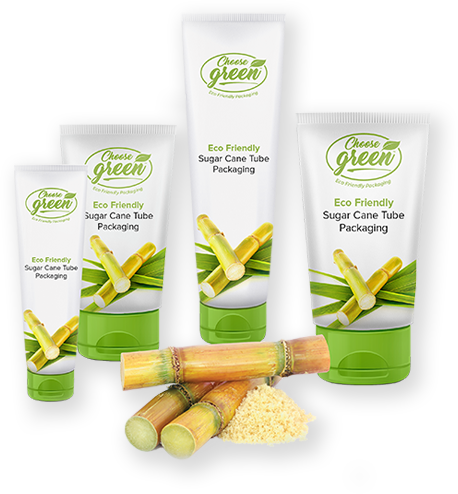Tubes
Squeeze tubes are soft cylindrical containers that have round or oval profiles and a hollow inside to contain product. They are inexpensive, lightweight, have good barrier properties, come in many sizes, and can be customized with many head styles and caps. They are a preferred container by cosmetics, personal care, pharma and CBD industries because of their great retail presence. Tubes have a large surface area for branding and listing ingredients so that secondary packaging is not required. Tubes are 100% recyclable. LEARN MORE >
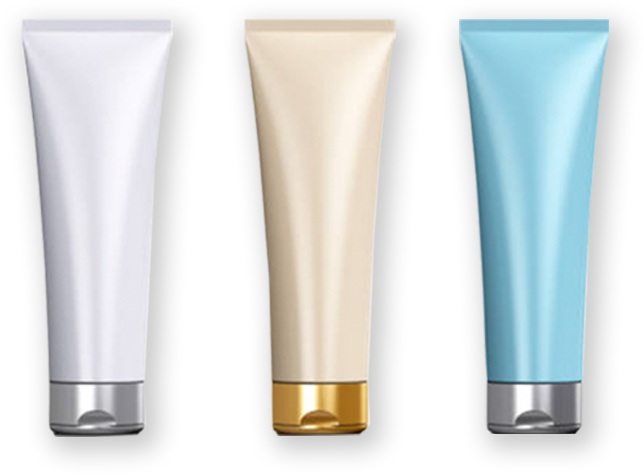
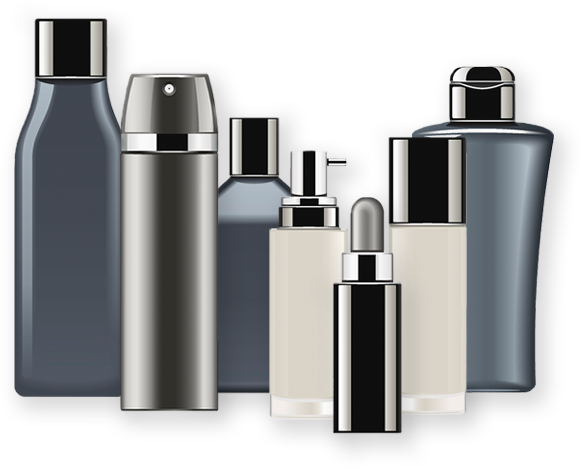
Bottles
Bottles are a popular container and come in various materials such as PET, HDPE, PETG. They are available in many shapes and styles and can be decorated with silk screen printing or labels. Bottles are made with a blow molding process meaning that new molds and shapes can be purchased.
Bottles have excellent barrier properties, are lightweight and unbreakable. They are available in custom colors and can be manufactured with different closures and dispensers. Bottles are 100% recyclable and are less expensive to ship than glass. LEARN MORE >
Jars
Jars are made from many materials such as PET, PP, HDPE, PS and PVC. Jars are an extremely versatile package and can be used for products ranging from cosmetics to dog food. Jars are lightweight, strong and have an outstanding barrier. They are made in many different sizes and neck finishes in a wide variety of colors with different decoration techniques. They are 100% recyclable. They are economical to ship and are unbreakable. Learn More >
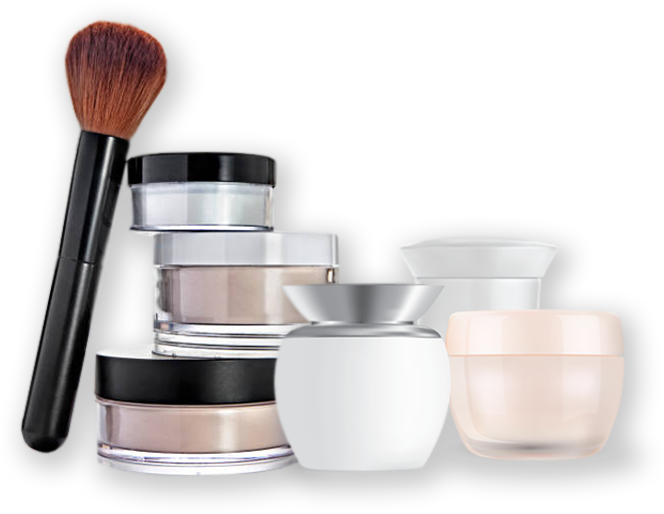

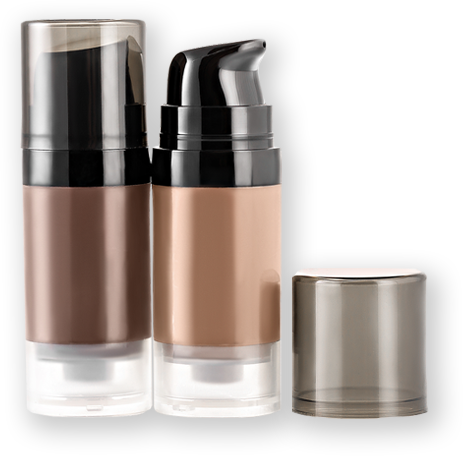
Airless
Airless packaging as its name suggests are containers that dispense product without exposure to air. It relies on a non-pressurized vacuum pump system to pull up and dispense the formula. Different types of airless containers are bottles, jar, tubes, acrylics, etc. The contents of the container do not come into contact with the air until it has been dispensed. This method of delivery creates a longer shelf life for the products because it protects the antioxidants from coming into contact with the air. Airless packaging can be 100% recyclable and decorated like all other packaging. Additional benefits are: no waste of product, no contamination, and reliable dispensing.
Glass
Glass is perceived by consumers as a luxury package. It is made from all natural materials. Glass is rigid and more expensive than plastic. It is 100% recyclable, can be recycled an infinite amount of times, and is among the most recycled material in use today. It can be manufactured in many colors and shapes and decorated easily with printing or labels. Glass is inert and impermeable to sensitive ingredients giving it a longer shelf life than its plastic rivals. Glass is breakable and is more expensive to ship because it is seven times heavier than plastic.
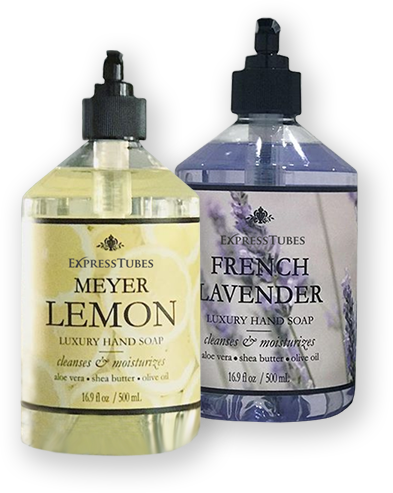
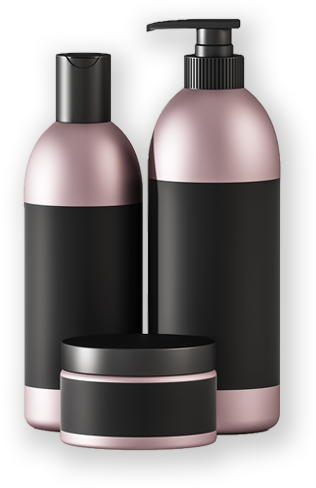
Aluminum
Aluminum packaging is common for tubes, bottles, jars and pouches. It can be manufactured in many shapes and styles and decorated easily. This material offers a lightweight highly corrosion resistant package. It provides excellent protective properties by offering an impermeable metal barrier. It is widely used for sensitive products such as pharmaceuticals and food because of its hygienic properties. Aluminum is 100% recyclable and is one of the most recycled materials in use today.
Eco Friendly Alternatives
The most popular eco-friendly alternatives to plastic are materials such as PCR plastic (post consumer recycled), Sugar Cane (Bioresin), PLA (poly lactic acid), glass, aluminum and paperboard. Sustainable materials can be used in tubes, bottles, jars and airless packaging. Minimum quantities differ between different eco-friendly materials. Choosing more sustainable materials does not reduce the costs but it does not necessarily increase the costs dramatically at larger quantities.
